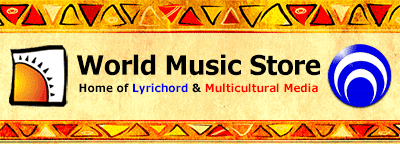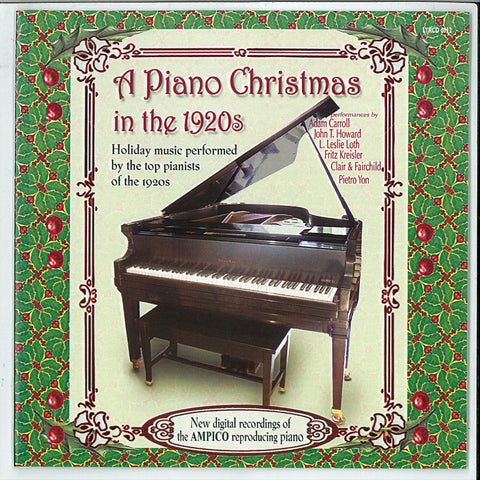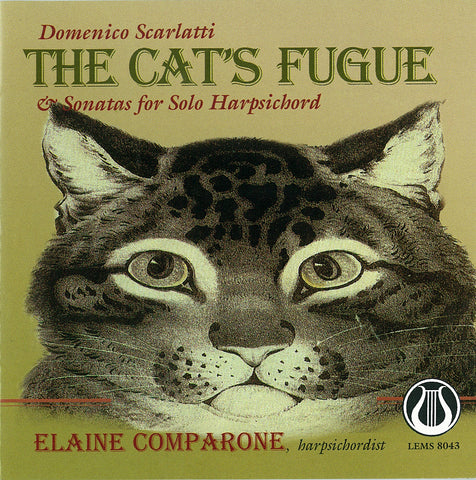
The Queen's Chamber Trio Plays Haydn DOWNLOAD ONLY LEMS-8061
Digital Download available from your favorite site including
Download free liner notes below (Mac users use Ctrl + click)
"...The Haydn disc includes the first and third of the famous three trios he wrote on his English visit in 1794–95; the second is replaced by the relatively unfamiliar, somber E minor Trio, a contrast of form, tonality, and mood. All are full of meltingly beautiful melodies, daring modulations, and harmonic surprises, sparkling humor and deep expressivity. In these late trios, Haydn gave the violin some wonderful solos, though the cello still doubles the bass.The playing is splendid. Tempi are sensible ... repeats are ornamented; the phrasing is clear; the expressiveness is natural and deeply felt. The cellist uses quasi-Baroque articulation, putting swells on long notes. The violinist’s tone is varied in color and intensity and is strikingly beautiful.
The performers’ enjoyment of the music and the collaboration speaks through every note."
E.E.
All Things Strings
December 2010
“Using a harpsichord for the later works is counter-intuitive, yet the effect can be—as the Queen's Chamber Trio shows us—quite wonderful….[Comparone] and her colleagues, the violinist Robert Zubrycki and the cellist Peter Seidenberg, have indeed delved attentively into the works at hand. Their interpretations are clearly plotted, their technique precise. They play in tune, and I find their fluid sense of rhythmic ebb and flow appealing. The recorded sound is clean and bright…”
James Keller,Chamber MusicMay/June 2008
"This is a very refreshing look at this wonderful chamber music repertoire mainly explored by pianists. New York based The Queen's Chamber Trio, led by the harpsichordist Elaine Comparone, chose two trios (Hob XV:27 and Hob XV:28) composed during the second Haydn visit to London in 1794. They are from a three-trio set dedicated to Therese Jansen, whom Haydn considered as one of the most important keyboard players in London, but the performers omitted the third trio of this collection and offer the two-movement Trio in E Flat Minor, Hob XV: 31, instead. This choice balances the programme beautifully, and gives it a concert feel. The keyboard part in these trios is dominant. These pieces sound like keyboard sonatas extended by occasional dialogue with violin and strongly supported by the cello which often doubles the left hand of the keyboard player. This texture is often lost in modern piano recordings where one loses the writing details, especially when string players apply a lot of vibrato and powerful sound. Therefore, listening to this repetoire on the harpsichord is like unwrapping the music of thin transparent layers and having a much sharper look at Haydn's wonderful, colorful keyboard writing. The ensemble playing is very coherent. I miss a bit more articulation in the ceiio part, especially in bars where it reinforces the speech of the harpsichordist's left hand. Also, the E Flat Minor key of the second trio on this disc seems to be challenging intonation-wise for the cellist (especially in The Andante). Tempo choices are very natural, phrasing very elegant, and there are some lovely dynamic contrasts helped by the thoughtful registration of the harpsichord player...The sound of the recording is well balanced and the booklet contains a very informative article by Elaine Comparone regarding the pieces and performer's perspective on the use of the harpsichord in this repertoire. Overall, the disc is a charming addition to the 200th anniversary of “Papa Haydn's” death that the musical world will celebrate in 2009."
Harpsichord & Fortepiano (U.K.)
Autumn 2008
Reviewed by Kasia Tomczak-Feltrino
Late Haydn Keyboard Trios with harpsichord!
More magic from the superb Queen's Chamber Trio, who this time out, take a fresh look at Haydn's keyboard trios from 1794-7. Today typically played on modern grand piano or fortepiano, The Trio's innovative approach enlivens these pieces with harpsichord sparkle and a delicious blend of plucked and bowed strings.
“Haydn's keyboard music is stylistically interchangeable between harpsichord and Piano…The harpsichord has a sound with unique acoustical qualities not shared by the modern or early pianos… it makes its presence felt with a sparkle absent in piano sonority. Harpsichord sound stirs my imagination as piano sound never did.”
Elaine Comparone
Produced by John Ostendorf
Tracks:
C Major Trio
1. Allegro - 9:58
2. Andante - 6:13
3. Presto - 5:38
B flat Minor Trio
4. Andante - 10:56
5. Jacob's Dream - 4:37
E Major Trio
6. Allegro Moderato - 9:01
7. Allegretto - 3:40
8. Finale: Allegro 5:30
Additional Information
Go to the Harpsichord Unlimited website for concert schedules and more info!We Also Recommend








